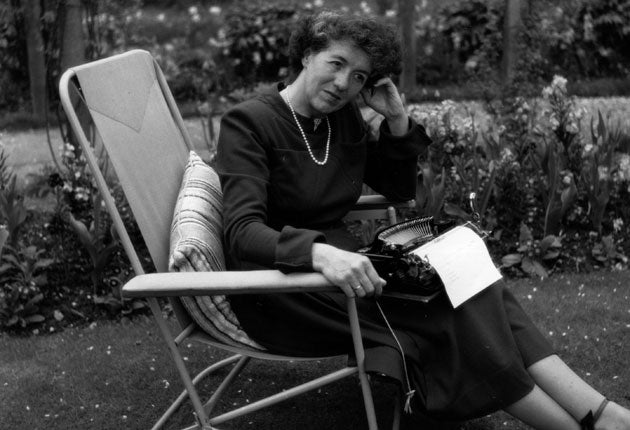Enid Blyton’s books still have value – but young readers must be told the whole truth about the author
When someone produces creative work that touches us in some way, we want to believe that the person making it is as good as the thing they made. It is rarely so straightforward, writes Katy Brand


I am a great fan of the work of the American writer Philip Roth. I first read him in my early twenties. I had never heard of him before, and the way he wrote – so furious and vital, disgusting at times, funny at others – blew my socks off. I had never read anything like it. I quickly consumed as much of his writing as I could. And I also became increasingly aware that he was not as popular with everyone as he was with me. Many found his work to be crass, misogynistic and hateful. I could see their point. But I still liked it.
I pre-ordered a hardback copy of the much-hyped and long-anticipated biography of Roth by Blake Bailey, published this year. There was an expected flurry of pre-publication articles describing Roth’s past bad behaviour, and a move to “cancel” him. But he has been cancelled so many times before, the first time in 1969 after Portnoy’s Complaint was unleashed. In fact, he cancelled himself repeatedly in his own writing – it was in many ways his life’s work. So I was not expecting to read about a likeable man, but rather a flawed human being who was also a literary genius.
Publication day came. The book arrived. I had barely opened it before allegations of sexual misconduct against its own author were made public, and the biography itself was cancelled. The publisher announced they would no longer publish or distribute it. This may be about the most Philip Roth thing ever to happen, but he’s not around to write about it. I have not yet read the thing. It sits on the corner of my desk and more often than not I balance my iPad on it for Zoom calls because it is nice and chunky. I feel rather awkward about it. As though I too have done something wrong.
I will open it at some point but I will do so with a heightened awareness. I will view the biographer’s words through the prism of the allegations against him. That is the advantage of knowing. I’m glad those women spoke up and I support them all the way. Justice should be done if there has been criminal wrongdoing. But still, the book remains; the work itself is still out there. What to do about that?
The idea of the “bad genius” has become something of a theme in recent years. I was a huge Michael Jackson fan as a teenager. I sent him long letters. I even wrote to Jim’ll Fix It asking to meet him (don’t…). I listened to his music on loop because it excited and moved me. It still does. I was shocked to my core when the allegations of child abuse came out. I was an avid watcher of Rolf Harris Cartoon Time as a child. Again, his conviction for the molestation of young girls appalled me so deeply I felt physically ill.
I hoovered up the books of Enid Blyton as a girl. A kind neighbour gave me a great pile of them and I ripped through them. There was the Famous Five, where I related to George who wanted to show she was as good at climbing trees and being brave as the boys. And Darrell Rivers in Blyton’s boarding school series Malory Towers gave me a template for being a “good egg” – always there to help a friend and not one to make a fuss over something silly. They were good stories. But Blyton herself as a person was not equal to her better work. She was racist, xenophobic and cold to her own children. I am glad I know this.
I am glad I know that Roald Dahl held antisemitic views. I read his stories to my child, but I’ll tell him about Dahl’s views too and why they were wrong. I will listen to Michael Jackson’s music but I will remember that he was accused by multiple young men of abuse. I will admire the work of Pablo Picasso yet also know that he hit women in real life – he beat one until she was unconscious.
When someone produces profoundly good creative work that touches us in some way, we want to believe that the person making it is as good as the thing they made. There is a degree of cognitive dissonance in understanding that someone can make a piece of art that feels so human, and yet treat the real people around them so badly. It’s uncomfortable. But still I believe great art by bad people should have its place. Roth told the truth, however ugly it was. Just tell me the truth, the whole truth, and then I’ll decide for myself.



Join our commenting forum
Join thought-provoking conversations, follow other Independent readers and see their replies
Comments